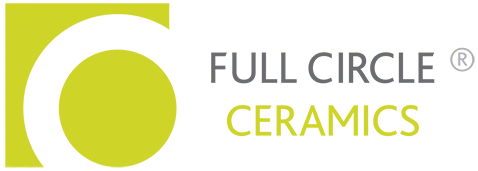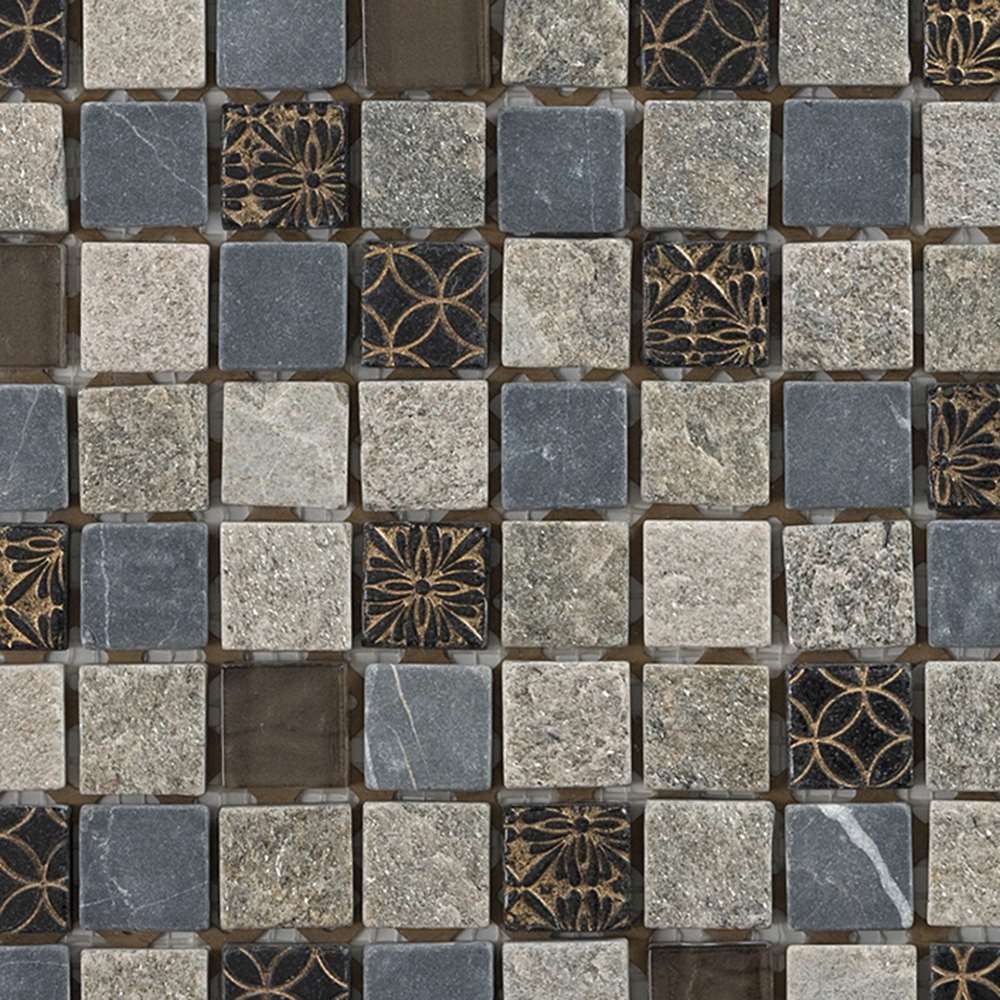Installing natural stone flooring can be daunting. Therefore, we’ve pulled together a handy guide to help with the installation of your natural stone floor.
Natural stone floor tiles from Full Circle Ceramics are naturally quarried products. Therefore, each paving unit, and each floor, will have its own unique character and appearance. Sizes and thicknesses given are approximate and variations in colour will be apparent.
Tile Delivery and Storage
Please ensure that suitable access is available. The products will arrive on 18-26 tonne vehicles (this is approximately the size of a fire engine). The driver will endeavour to offload the paving as close as possible to where you would like them. It is essential that we are informed of any access issues (e.g. narrow lanes, overhead restrictions, difficult site conditions, restricted parking). If we do not have prior warning we cannot be held responsible for not offloading.
The paving, in the main, will arrive on shrink wrapped pallets approx 14m2 to 39m2 per pallet (dependent on stone type and thickness). Please ensure that the goods are checked and any items that may have been omitted from the delivery are reported. This ensures that replacements are dispatched in a timely manner in order to avoid delays.
Packaging may experience condensation, which can damage the product surface. If extreme temperature changes are anticipated, remove outer plastic packaging and ensure stones are protected from adverse weather.
Before installation of the tiles, transfer the tiles to the area in which they are to be laid to allow them to acclimatise overnight at room temperature.
Radiators and heat sources in the room including range cookers should be turned off during the laying and drying out process. This will prevent rapid drying which may lead to grout shrinkage and hairline surface fissures. However, a minimum background temperature of 15°C will be required for sealing.

